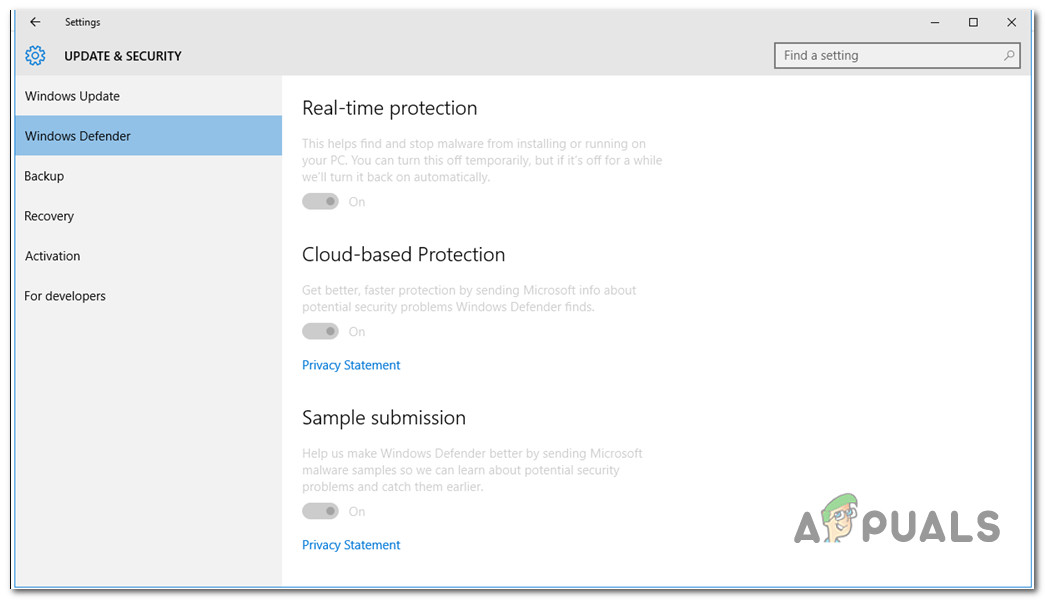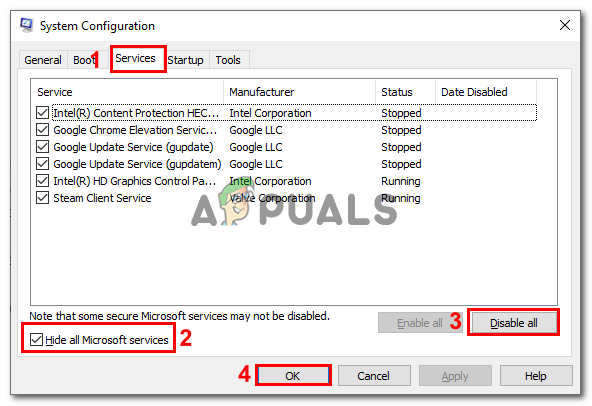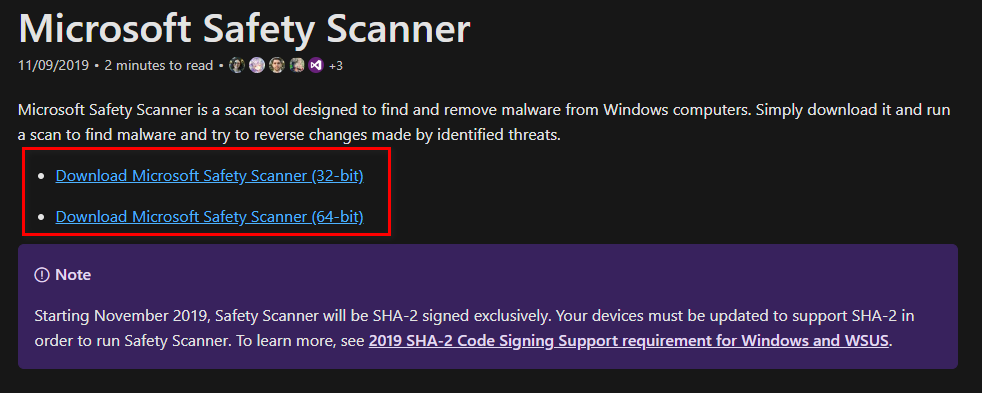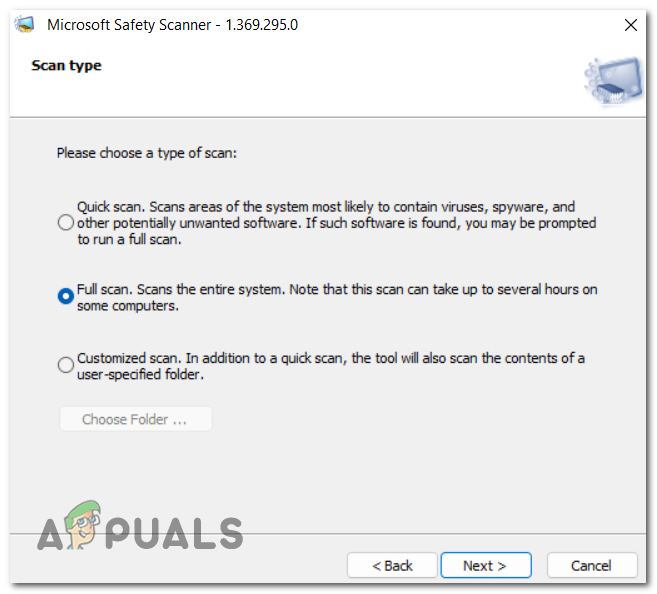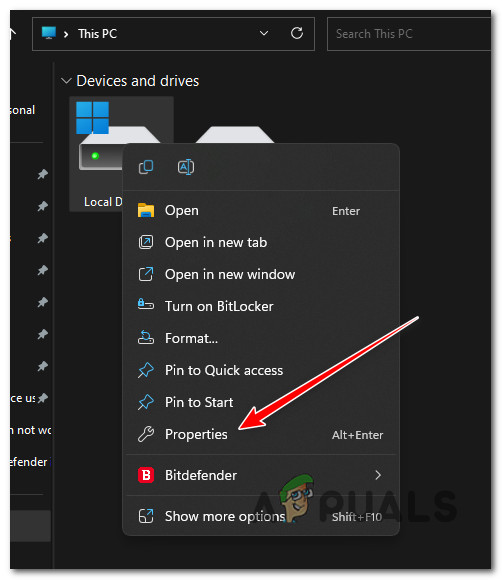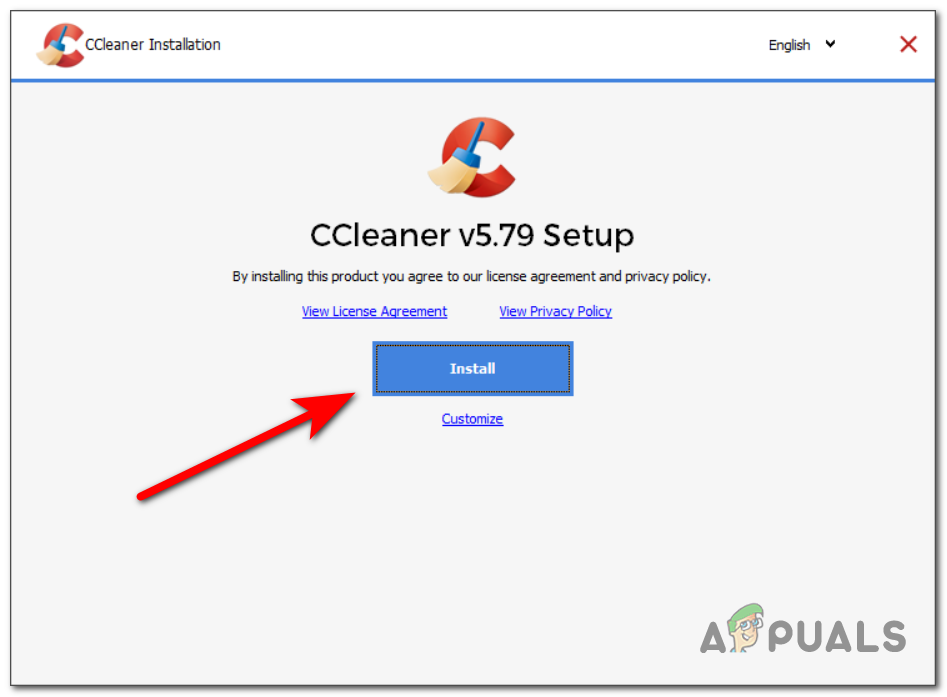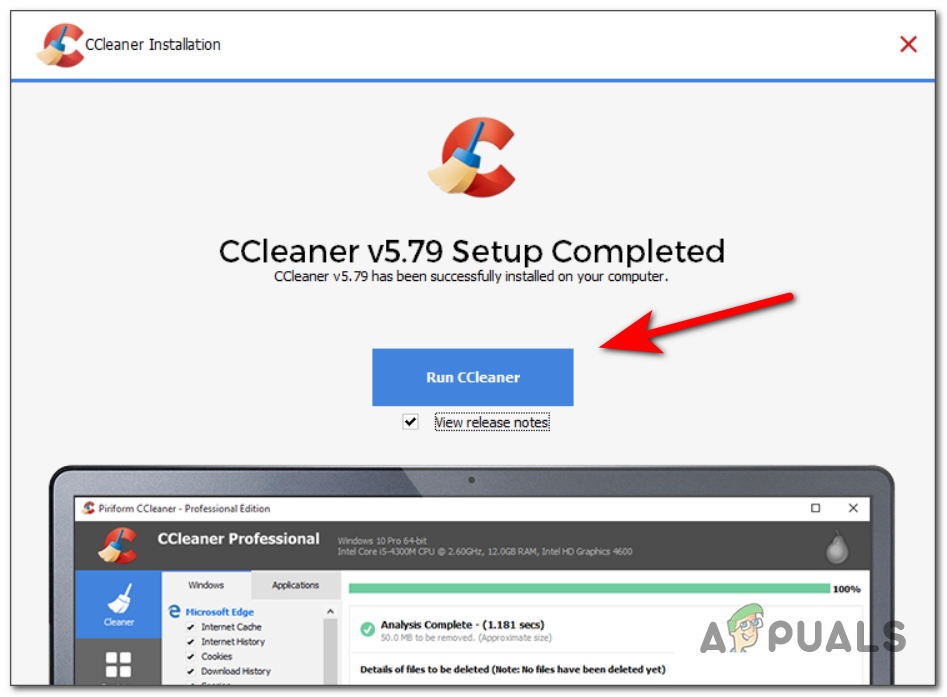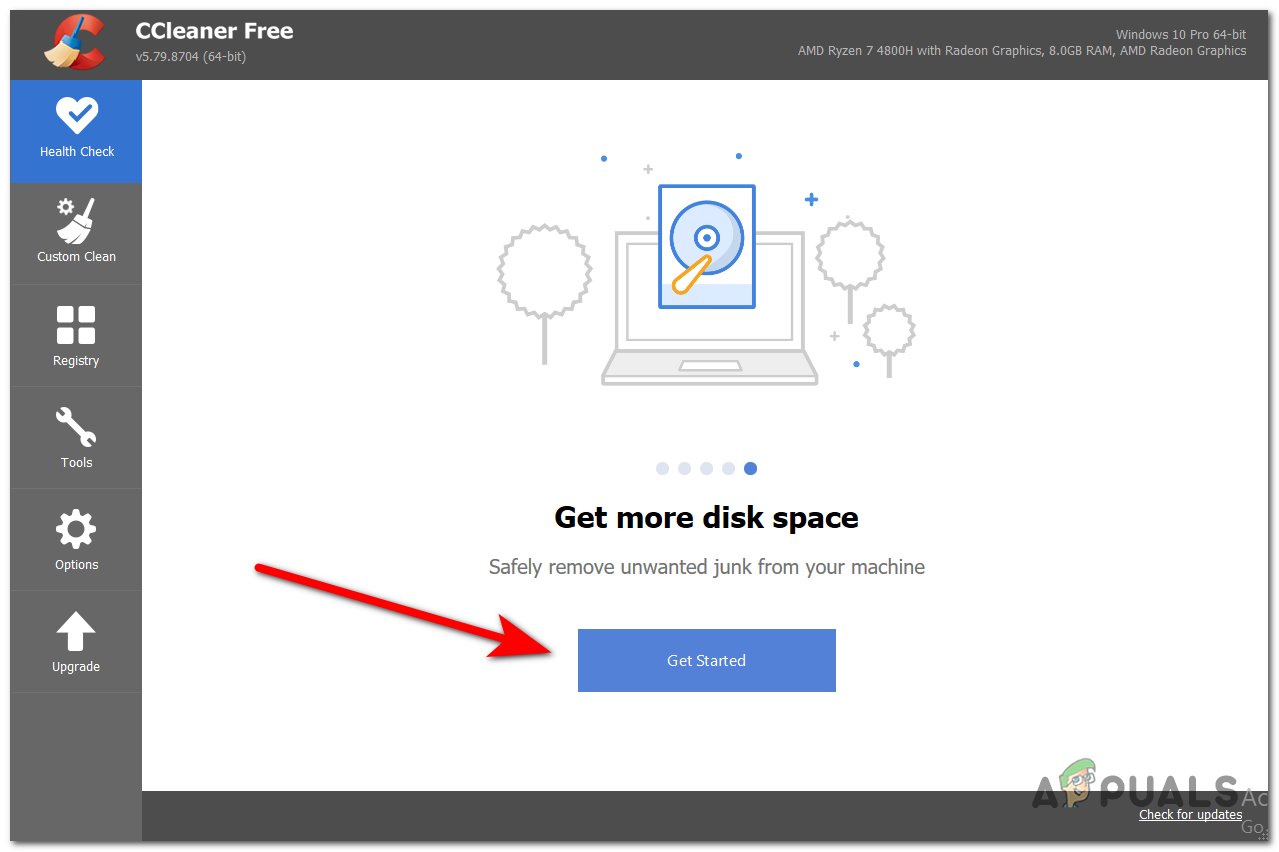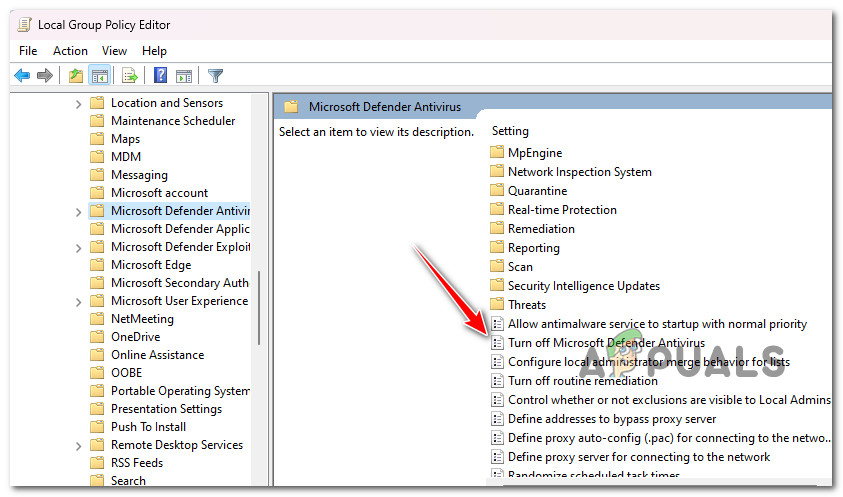After we’ve investigated this issue thoroughly, we realized that there are several different underlying causes that might produce this behavior on Windows 10 and Windows 11. Here’s a shortlist of potential culprits that you should investigate: Now that we have gone over every potential reason why you might be stuck with this behavior on Windows 10 and 11, let’s go over a series of verified fixes that other Windows users have successfully deployed:
1. Enable RPC and WMI services
As it turns out, one of the most common culprits that will cause this type of error (especially on Windows 10) are a few Windows Defender-dependent services (Remote Procedure Call and Windows Management Instrumentation) that are disabled and inaccessible. Several affected users have confirmed that once they used the Services utility to enable both of these services, the Windows Defender was no longer greyed out after they restarted their PC. Follow the instructions below for specific steps on how to enable the RPC and WMI services: If the problem is still not fixed, move to the next method below.
2. Perform a clean boot
To diagnose the problem and confirm if a 3rd party suite is forcing the Windows Defender to shut down, you should start by achieving a clean boot state. As it turns out, situations (particularly with lesser-known AV scanners) will prompt the Windows Defender to turn itself off because another 3rd party AV component is installed. However, if the 3rd party AV suite you have installed doesn’t include real-time anti-malware protection and it’s just a manual scanner, you are leaving your PC vulnerable to infections. Due to many possible offenders (processes and starting items) that might be at fault for this problem, doing a clean boot procedure would be the best line of action. If you do a clean boot procedure, only the necessary starting services and processes will be allowed to function, forcing your Windows to boot up without any interference from a third-party AV suite. Go to the suggested fix below if reaching a clean boot state doesn’t address the issue.
3. Run the Microsoft Safety Scanner
This particular issue can also occur due to a missing security infrastructure that your Windows installation is missing. Other users dealing with the same issue confirmed that it was entirely fixed once they ran the Microsoft Safety Scanner and applied the recommended fix. To fix this issue, simply download the Microsoft Safety Scanner from the official website and put it to work. Note: After you run this tool, you will notice it referencing Windows Defender in the log it generates in the background. This is typically a good indicator that the issue is getting resolved. If you’re still using a traditional HDD, expect this operation to last more than 10 – 15 hours (depending on your HDD size. Using an SSD, you’ll likely complete the operation in two hours. Follow the instructions below to download, install and use the official version of the Microsoft Safety Scanner: If Windows Defender and every sub-feature are still greyed out, move down to the next method below.
4. Update your Windows to the latest build
Microsoft has already released a series of hotfixes aimed at eradicating this issue on both Windows 10 and Windows 11. To treat this issue, install every pending Windows update (including feature & cumulative updates) until you bring your Windows version up to date. Several affected users have confirmed that this method was confirmed to fix the broken functionality of Windows Defender on both Windows 10 and Windows 11. Follow the instructions below to make sure that your Windows build is up to date: Note: The instructions below are confirmed on both Windows 10 and 11. If the problem is still not fixed even after installing every pending Windows update, move down to the next method below.
5. Install KB2267602 update manually (Windows 10 ONLY)
If you’re on Windows 10, you should know that Microsoft already pushed an antivirus definition update that also ended up fixing this Windows Defender glitch. If the method above didn’t help you, the next thing you can do is install the KB2267602 update manually using the Microsoft Update Catalog. You may install the update using the Microsoft Update Catalog (without involving the local WU component). This implies that employing this strategy may completely avoid any faulty dependencies that may cause this behavior. Important: This fix is only confirmed to work on Windows 10. Skip this method entirely if you are experiencing this issue on Windows 10. What you must do is as follows: If Windows Defender remains disabled, move to the next method below.
6. Use CCleaner to clear remnant registry data
Another scenario that could be the root cause of this issue is when your Registry contains remnants of a previous 3rd party AV that is tricking Windows Defender into turning itself off. Other users suffering from this same problem have managed to fix the issue by running CCleaner to clear any registry inconsistency. Our recommendation is to use CCleaner to remove both the temporary files and perform a check on your registry. Note: If you’re not fond of Ccleaner, consider alternatives like BleachBit, CleanMyPc, Restoro, etc.). Follow the instructions below to use CCleaner to remove temporary and remnant registry data that might ‘trick’ Windows Defender into remaining disabled: If the problem is still not fixed, move to the next method below.
7. Force enable Windows Defender
If none of the methods so far have allowed you to fix Windows Defender and force it to enable, you also have the option to force it to enable from an elevated Command prompt. This method should allow you to forcibly enable Windows Defender as long as there isn’t another 3rd party AV installed and the issue is rooted in a GUI element. Note: You’ll need to ensure that the commands below are run with administrative privileges; otherwise, they won’t work. Follow the instructions below to enable Windows Defender forcibly: Note: The instructions below will work on both Windows 10 and Windows 11. If Windows Defender is still greyed out, move to the next method below.
8. Enable Windows Defender via Gpedit.msc
If you are an administrator on your Windows 10 or Windows 11 PC, you can also configure the operational state of Windows Defender via the Local Group Policy Editor. If you are using a Windows Enterprise or PRO edition (Windows 10 / 11), you should be able to use the Group Policy editor to toggle Windows Defender on and off. Note: If you are using a Home or Education edition of Windows 10 or 11, you can follow these instructions to install the Local Group Policy Editor on top of your Windows installation. Important: The Group Policy setting should only be employed (temporarily) if Windows Defender’s CPU usage makes the computer unworkable or if Defender fails to shut down immediately when a third-party AV program is installed. Instead of leaving the Group Policy modification in place when Defender refuses to cooperate with another AV program, the problem should be properly fixed by removing the third-party product, using its removal tool, and then reinstalling it. Maintaining the modification will prohibit you from using Defender’s new Limited Periodic Scanning feature, which will undoubtedly prove to be a useful addition for users of third-party AV software. If you want to use the Local Group Policy Editor to attempt and force the enabling of Windows Defender, follow the instructions below to do so on Windows 10 or Windows 11: If the problem is still not fixed, move to the next method below.
9. Deploy SFC & DISM Scans
If you’ve come to this stage without being able to come up with a practical solution, you should investigate the possibility of system file corruption affecting your Windows Defender dependencies. Unless you want to go the third-party route, it would be prudent to use a few built-in tools (SFC and DISM). Note: These two built-in tools can be used to resolve system file corruption that may prevent your OS from addressing dependencies used by Windows Update – System File Checker and Deployment Image Servicing and Management. The best place to begin is with a System File Checker scan because it can be done without an ongoing internet connection. Note: System File Checker uses a locally stored cache to swap broken system file components with functional ones. This process shouldn’t be halted until it’s finished to avoid making more logical errors. If you’re using an outdated HDD rather than a more modern SSD, this process might take up to an hour or more, depending on your read and write speeds. Important: DO NOT CLOSE the window before the procedure is complete if the System File Checker scan stalls while running. It’s completely normal. Once the SFC scan is complete, restart your computer to see whether the voice mixer issue has been fixed. If the problem is still there, run another DISM scan. Before starting this process, take note: Since DISM uses a portion of Windows Update to replace corrupted files with equivalents free of corruption, make sure your Internet connection is steady. After finishing the SFC and DISM checks, restart your computer to see whether Windows Defender is still greyed out and inaccessible. If the problem persists, proceed to the last proposed fix below.
10. Perform a clean install or repair install
If none of the preceding solutions in this article helped you with your problem, one more solution is available. You might consider that certain corrupted system files are to blame for your inability to restart the Windows Defender component. The best course of action at this point is to simply replace every system file with a counterpart that you know is healthy and free of corruption because many system files in this circumstance meet the description of the offender. One of two approaches will work for this:
Clean install – Try this if you need an immediate remedy. The major disadvantage of a clean installation of Windows is that, unless you make a backup of your data beforehand, it will wipe all of your personal files and apps that are now kept on the same disk as your operating system. This is because a fresh installation of Windows will let you change every system file without using installation CDs.Repair install (in-place repair) – If you have some spare time, we advise employing an in-place repair rather than a repair install. The main benefit of this method is that, although taking a bit longer and requiring the proper Windows 11 installation DVDs, all of your personal data, games, and programs are preserved.
Fix: Extend Volume Option Greyed out on Windows 10How to Fix Sync Settings Greyed Out in Windows 10/11?FIX: Hidden Attribute Greyed Out (Windows 7 / 8 and 10)FIX: Apps are Greyed Out and Underlined on Windows 10
